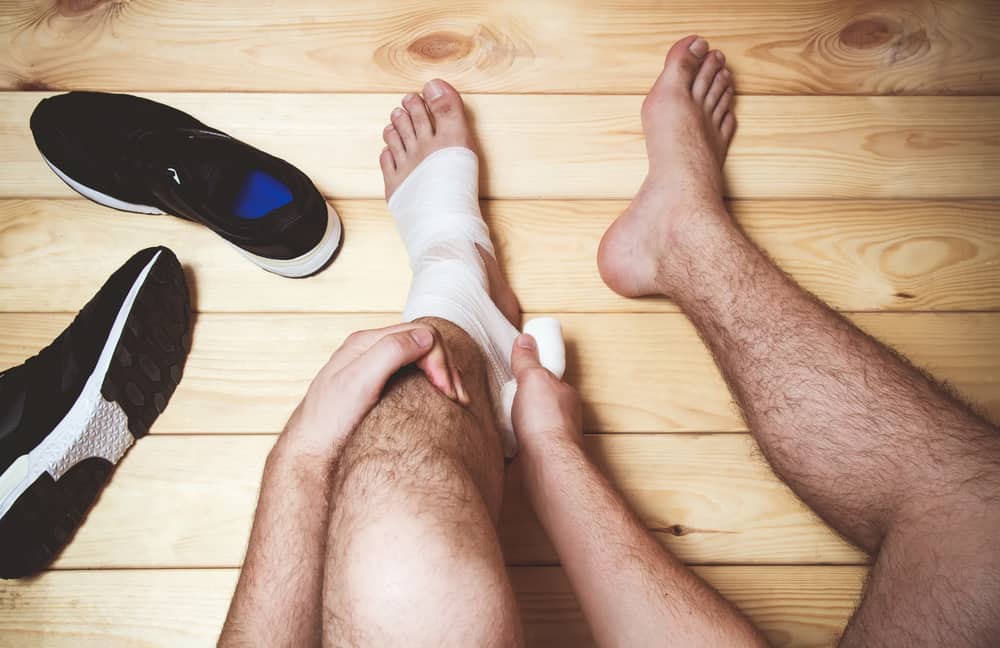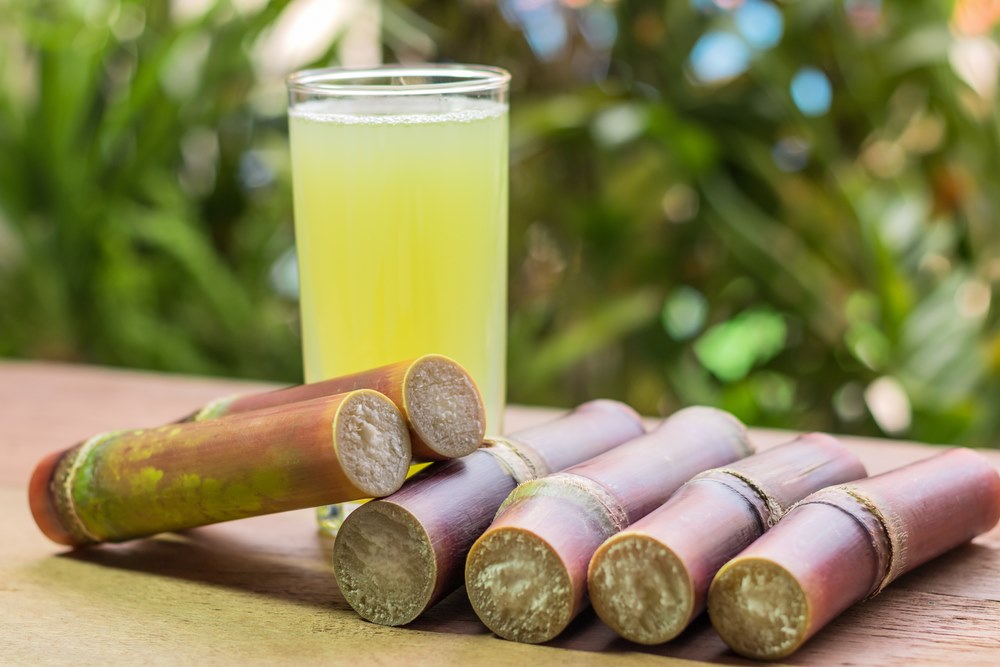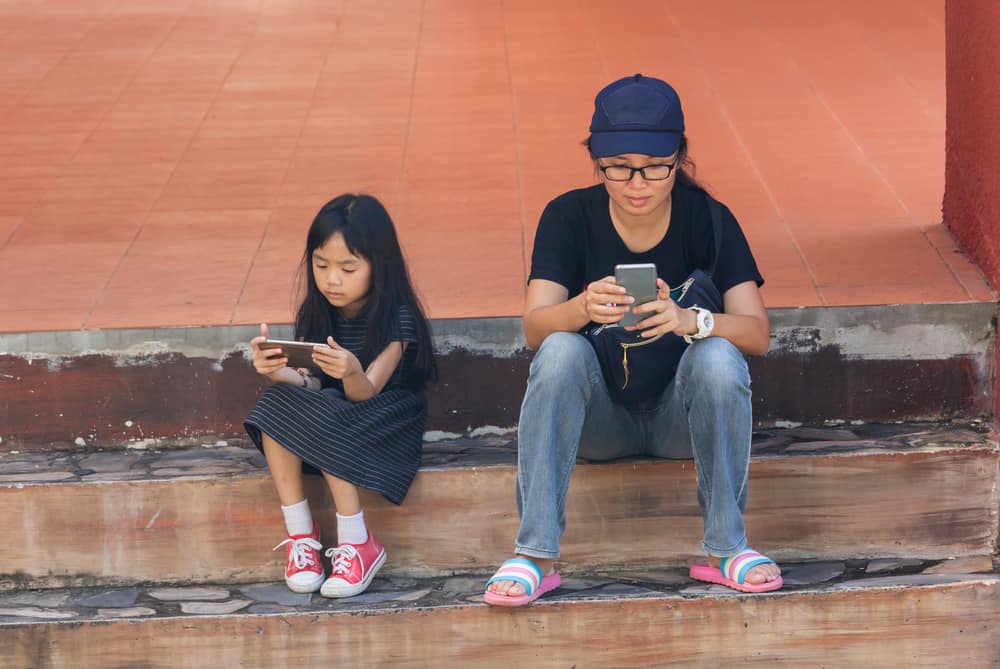Contents:
Medical Video: Circumcision | Nucleus Health
Definition
What is circumcision?
Circumcision is a skin release surgery that covers the tip of the penis. In some countries such as America, circumcision is performed on a baby boy as soon as he is born. In Indonesia, circumcision is more common in childhood. This is a more complex procedure.
Several studies have tried to find out if there are medical benefits for child circumcision. The results vary. There is some evidence that circumcision in children can reduce the following risks:
- urinary tract infection or urinary tract infection (UTI)
- penile cancer
- sexually transmitted diseases, including HIV / AIDS
The most significant benefit for child circumcision is the low urinary tract infection rate (UTI). During the first 3-6 months, UTIs were 10 times more common in uncircumcised boys than circumcised ones. UTIs during growth can cause kidney problems later in life. However, this can be easily overcome with antibiotics and may not be enough as an excuse to circumcise children.
Some studies show that there is a slightly higher rate of penile cancer in men who are not circumcised during infancy. However, penile cancer is very rare among all men, both circumcised and uncircumcised.
There is some evidence that circumcision can reduce the risk of getting or giving sexually transmitted diseases. However, it is not clear whether circumcision is a key factor, or if there are other factors, such as condom use and the number of sex partners playing a greater role.
Prevention & warning
What should I know before children are circumcised?
For many people, circumcision is a religious ritual. Circumcision can also be a family tradition, for reasons of personal hygiene, or health care. But for some people, circumcision may be considered unnecessary. After circumcision, it is usually not possible to return the penis to its original shape as before circumcision.
Is there an alternative to circumcision?
If your child has BXO detected, circumcision is the only reliable way to cure the condition. For other conditions, dorsal slit surgery or preputioplasty can be recommended. If your child does not have BXO, dorsal slit surgery can be recommended. This is the procedure to widen the opening in the foreskin.
Process
What should children do before being circumcised?
Before being circumcised, the doctor will explain the risks and benefits of the procedure. If you plan your child to be circumcised, you will give an approval signature for the procedure. You should discuss with your doctor about the medication your child is using, allergies, or any health conditions he experiences, and before the surgery you will meet the anesthetist and plan anesthesia for your child together. It is important to follow instructions about when to stop eating and drinking beforehand for surgery.
What is the process of this operation?
This operation is generally performed under general anesthesia. The operation usually takes 30 minutes. The surgeon will remove the foreskin and close all the small blood vessels. The doctor will then sew two ends of the skin.
What should be done after this operation?
Circumcised penis must be cleaned with soap and water every day and every diaper is dirty (for babies). If the penis has been wrapped in gauze, clean the gauze every time the diaper is replaced. Petroleum jelly can be used on the head of the penis, which may be irritated by diapers and urine.
A little swelling and bleeding can occur and clear crust often forms around the area. In many cases, circumcision will heal normally in 5-7 days.
Contact a doctor if:
- bleeding doesn't stop or add a lot
- children do not urinate 6-8 hours after circumcision
- redness or swelling does not disappear, or worsens, after 3-5 days
- yellowish liquid or yellowish layer after 7 days
- babies have temperatures above 38 degrees Celsius or more
- Plastibell devices do not come off in 7-12 days.
Complications
What complications can occur?
The most common complications associated with circumcision are bleeding and infection. Side effects associated with anesthesia may also occur.
Although rare, circumcision can produce problems in the foreskin. Example:
- the foreskin can be cut too short or too long
- the foreskin can fail to heal properly
- the remaining foreskin can reappear at the tip of the penis, thus requiring minor correction surgery
Hello Health Group does not provide medical advice, diagnosis or treatment.











